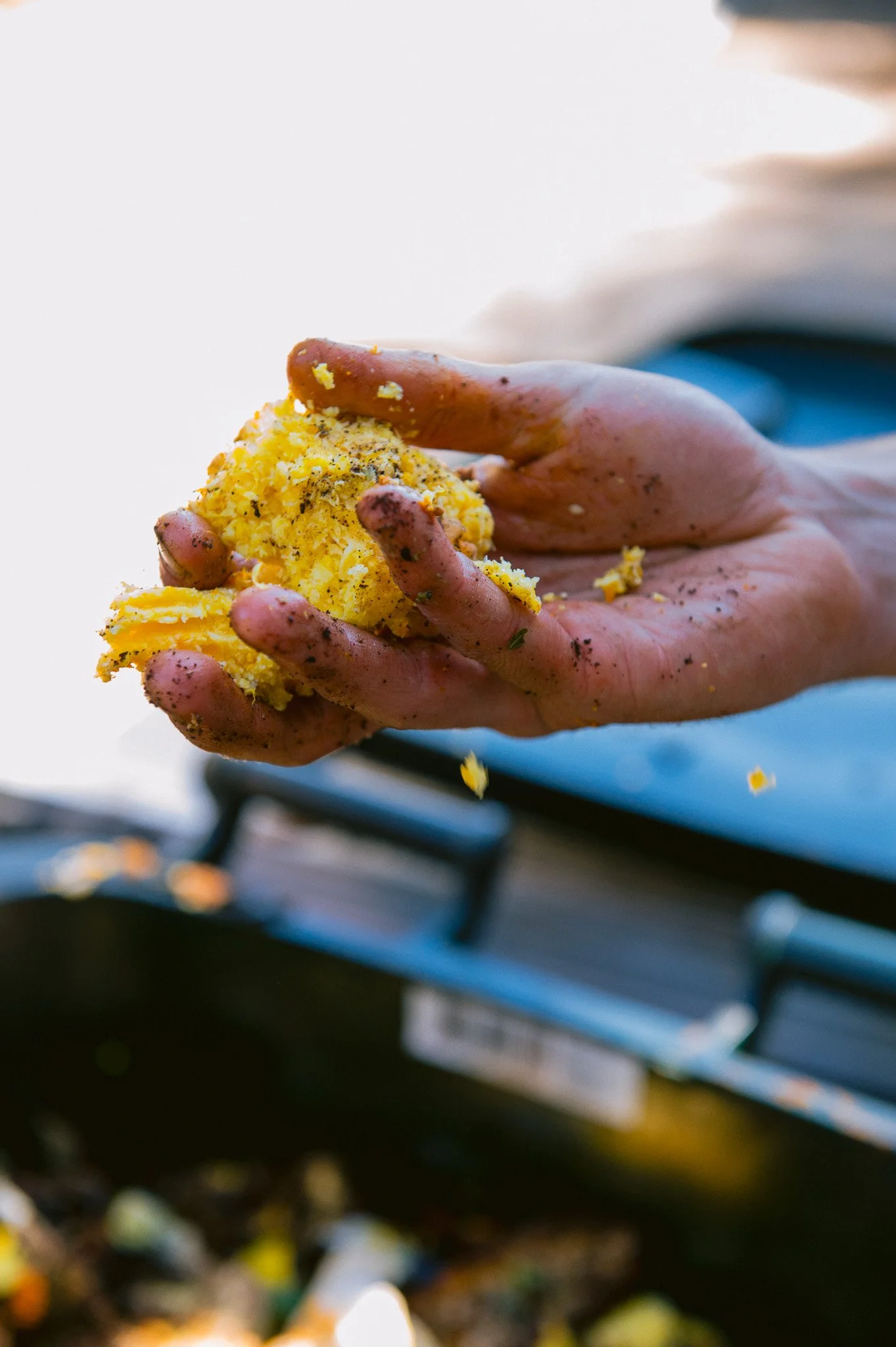Food Waste Facts
-
2016 World Hunger and Poverty Facts and Statistics (https://www.worldhunger.org/world-hunger-and-poverty-facts-and-statistics/)
-
World Resources Institute: World GHG Emissions 2016 (https://www.wri.org/data/world-greenhouse-gas-emissions-2016)
-
Food and Agriculture Organisation of the United Nations Food waste infographic, 2015 ( https://www.fao.org/3/i4068e/i4068e.pdf )
-
Foodbank Hunger Report, 2022. (https://reports.foodbank.org.au/foodbank-hunger-report-2022/?state=au)
-
Water Footprint Resources (https://www.waterfootprint.org/resources-explained/)
-
Foodbank Hunger Report, 2022. (https://reports.foodbank.org.au/foodbank-hunger-report-2022/?state=au)
-
Foodbank Hunger Report, 2022. (https://reports.foodbank.org.au/foodbank-hunger-report-2022/?state=au)
-
Foodbank Hunger Report, 2022. (https://reports.foodbank.org.au/foodbank-hunger-report-2022/?state=au)
-
Project Drawdown, 2017. (https://www.drawdown.org/solutions/reduced-food-waste)
Its not all doom and gloom
The important first step in any scenario is to identify the challenge. By beginning to understand the extent in which the food waste problem personally affects Australians, we can inspire and motivate each other to take action.
Every small step towards reducing food waste counts and contributes to building a more sustainable future for all. To explore the ways in which you can help, click into the solutions section. Here you will find ways to take action in your home.



